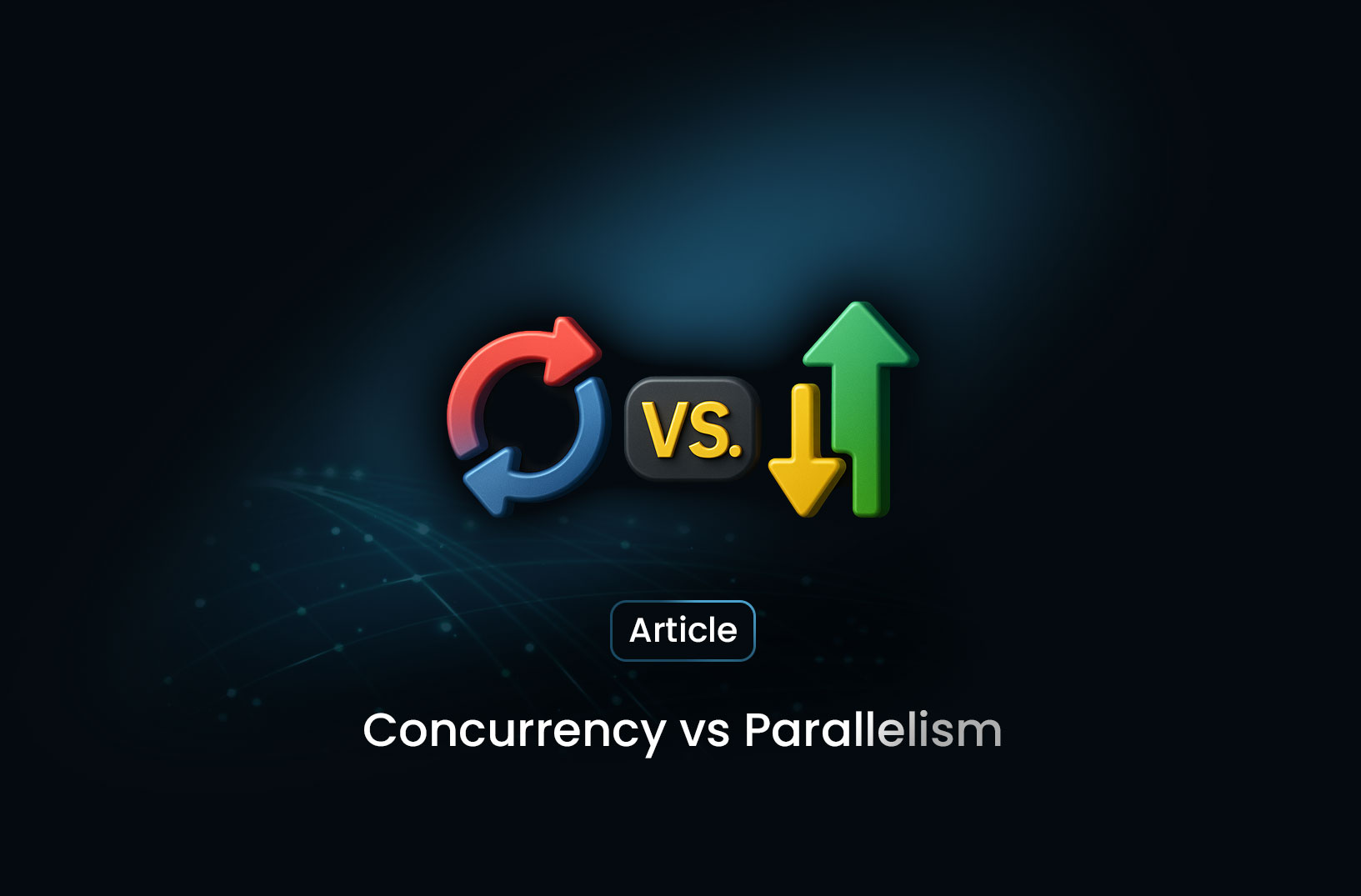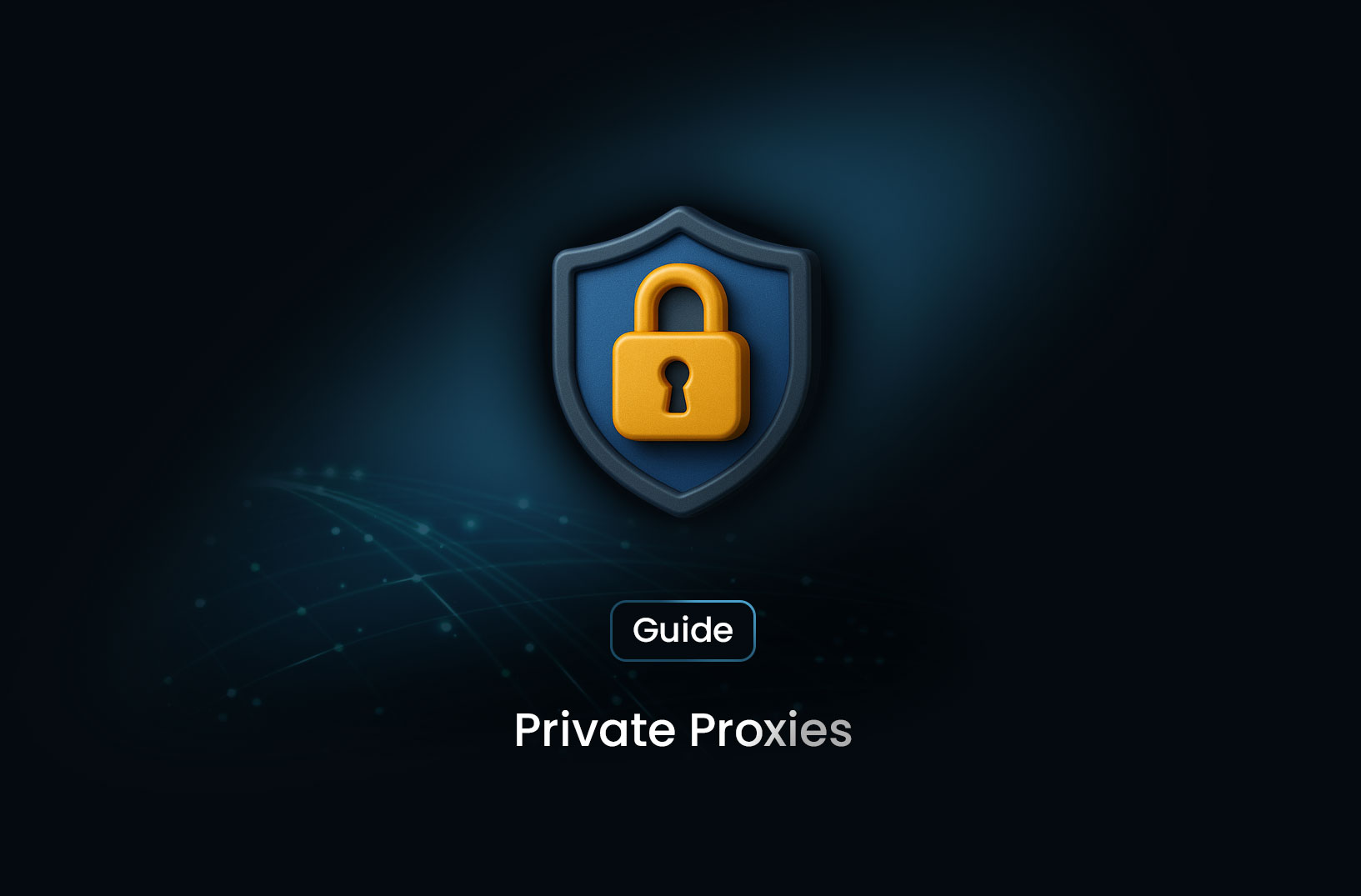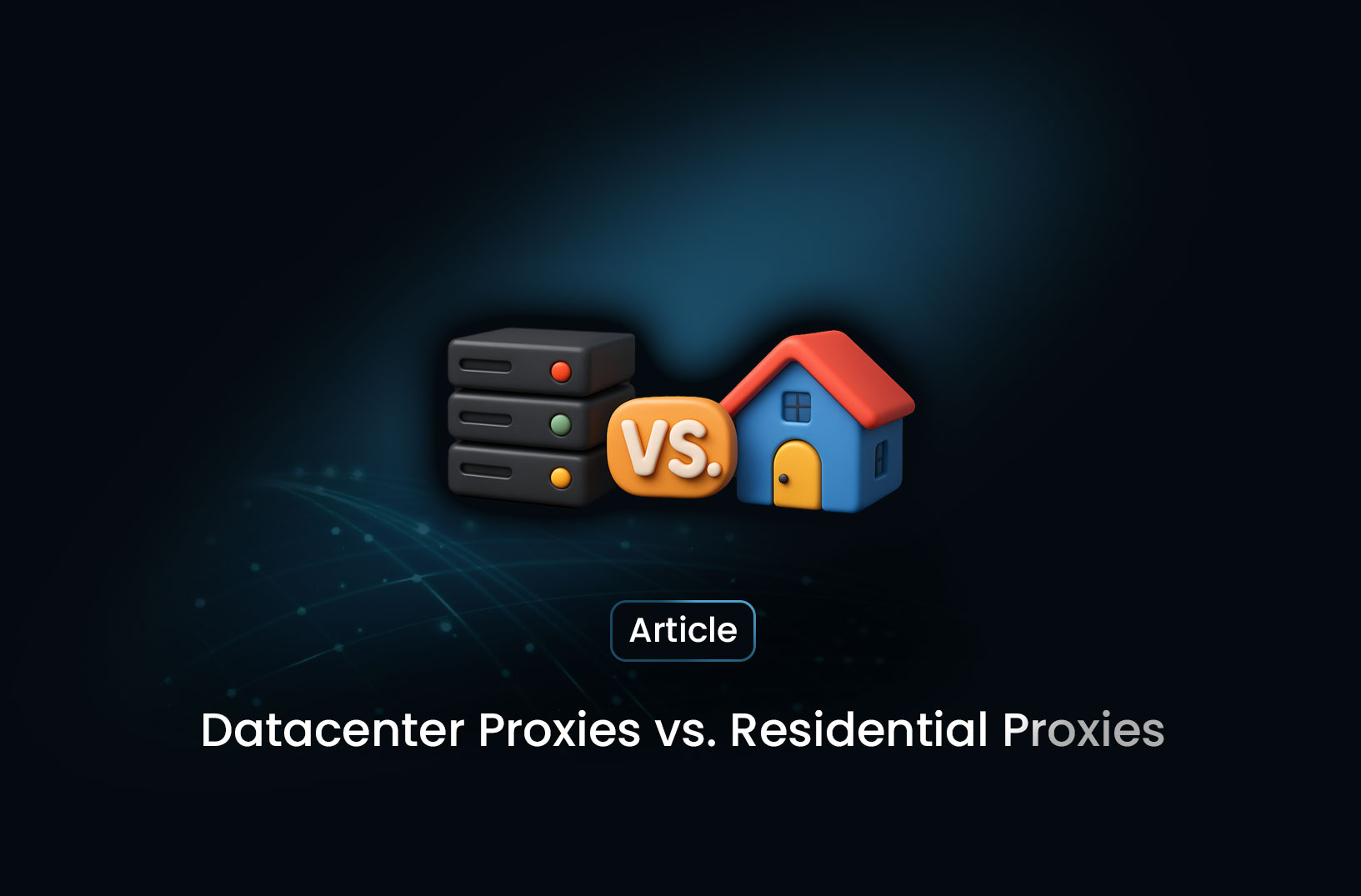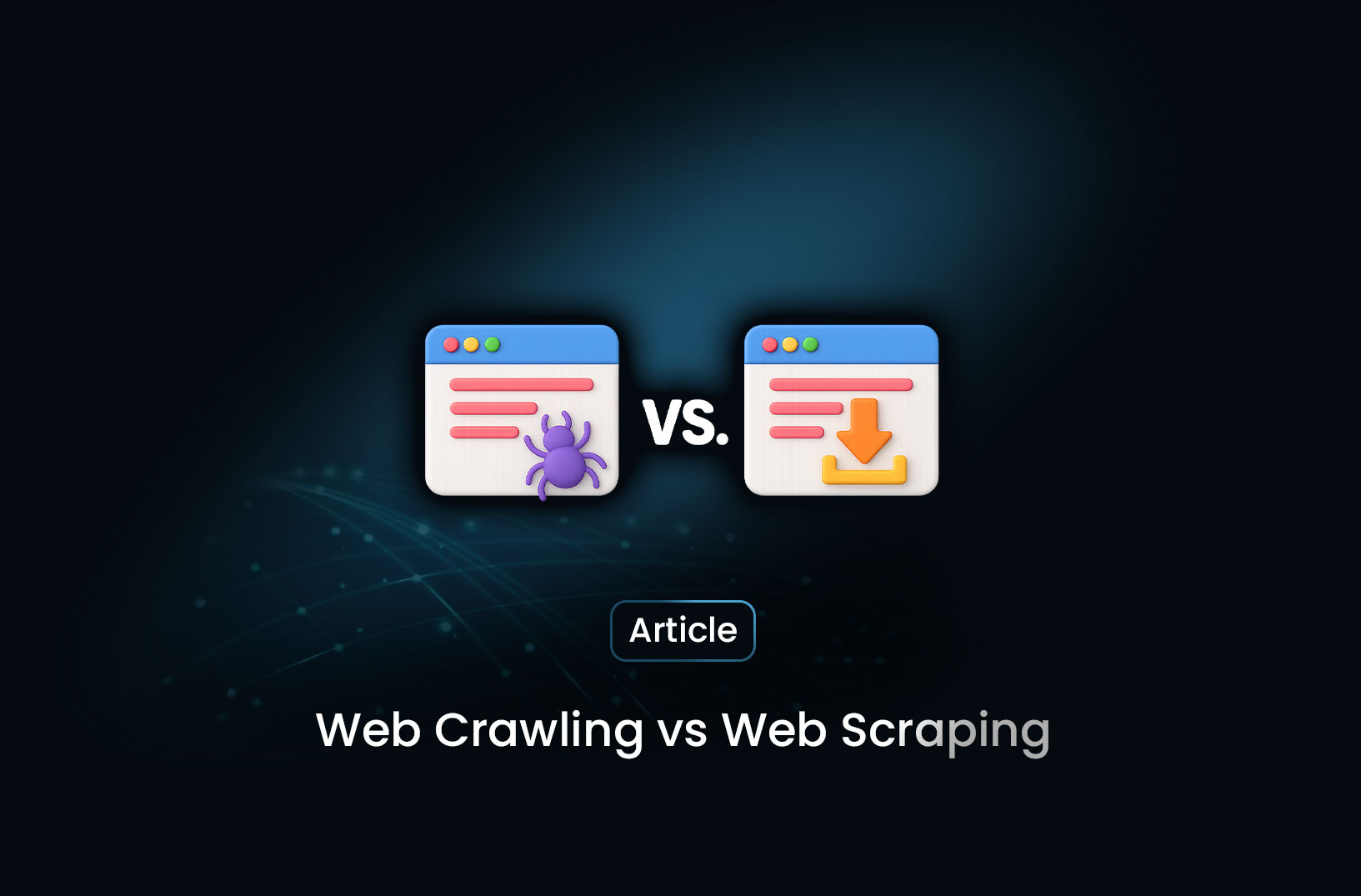Concurrency vs Parallelism: What’s the Real Difference?

If you're working on web scraping, data processing, or building high-performance apps, you've likely heard the terms concurrency and parallelism. Although often used interchangeably, they refer to two distinct concepts in programming.
Understanding the difference between concurrency and parallelism isn’t just academic—it can help you build faster, more efficient scraping systems.
What Is Concurrency?
Concurrency means managing multiple tasks at the same time, but not necessarily executing them simultaneously. Think of it as multitasking: your system switches between tasks, handling parts of each without waiting for one to fully complete.
A simple example:
Imagine a single waiter serving multiple tables. They take one order, then another, refill a drink here, bring food there—handling many things at once by switching attention quickly.
In scraping:
Concurrency lets you send multiple requests without waiting for one to finish before starting the next. You can achieve this using asynchronous programming (e.g., asyncio in Python).
Benefits:
- Efficient use of system resources
- Great for I/O-bound tasks (like web scraping)
- Doesn’t require multiple cores or CPUs
What Is Parallelism?
Parallelism means executing multiple tasks at the exact same time. This requires multiple processing units (e.g., multiple CPU cores or threads) working in tandem.
A simple example:
Imagine multiple waiters each serving a table at the same time. Tasks don’t just appear to run simultaneously—they actually do.
In scraping:
Parallelism allows you to process scraped data while still sending and receiving other requests, utilizing multiple cores or machines to divide the workload.
Benefits:
- True simultaneous processing
- Ideal for CPU-heavy tasks (e.g., data parsing or image processing)
- Can speed up both scraping and post-processing when used properly
Concurrency vs Parallelism: Key Differences
| Feature | Concurrency | Parallelism |
|---|---|---|
| Execution | Tasks managed in overlapping time frames | Tasks executed at the same time |
| Resource Use | Efficient for I/O-bound workloads | Requires multiple CPUs/cores |
| Focus | Task switching | Task splitting |
| Example in scraping | Handling 100 async requests at once | Parsing 100 responses across multiple threads |
| Best for | Lightweight, high-frequency tasks | Heavy computations or real-time processing |
When to Use Each in Web Scraping
- Use concurrency when you're sending hundreds of requests and waiting on server responses.
- Use parallelism when you’re processing large amounts of data (e.g., NLP, image scraping, analytics) and need real-time performance.
In practice, a powerful scraper might combine both:
- Concurrent requests using
aiohttpor Node.js - Parallel parsing with multiprocessing or job queues
Build Efficient Scrapers with MrScraper
MrScraper’s infrastructure is built to handle both concurrent and parallel workloads. With features like:
- Auto-scaling proxies
- High-speed request handling
- Support for asynchronous and distributed scraping
…you can focus on extracting insights, not on system bottlenecks.
Conclusion
Concurrency is about managing multiple tasks efficiently.
Parallelism is about running multiple tasks at the same time.
They’re not rivals—they’re partners. And when used correctly, they’ll make your data workflows faster, smoother, and more scalable.
Need a scraper that works as fast as you think? Try MrScraper today.
Table of Contents
Take a Taste of Easy Scraping!
Get started now!
Step up your web scraping
Find more insights here

Private Proxies: The Ultimate Guide for Privacy, Performance, and SEO
A private proxy is a dedicated IP address assigned exclusively to a single user.

Datacenter Proxies vs. Residential Proxies: Which One Should You Use?
A residential proxy uses an IP address assigned by a real Internet Service Provider (ISP) to an actual user device—like a laptop or mobile phone. This makes it appear as if your requests are coming from a regular person browsing the internet.

Web Crawling vs Web Scraping: What's the Difference?
Understand the key differences between web crawling and web scraping. Learn how both processes work and when to use them in your data collection strategy.


@MrScraper_
@MrScraper